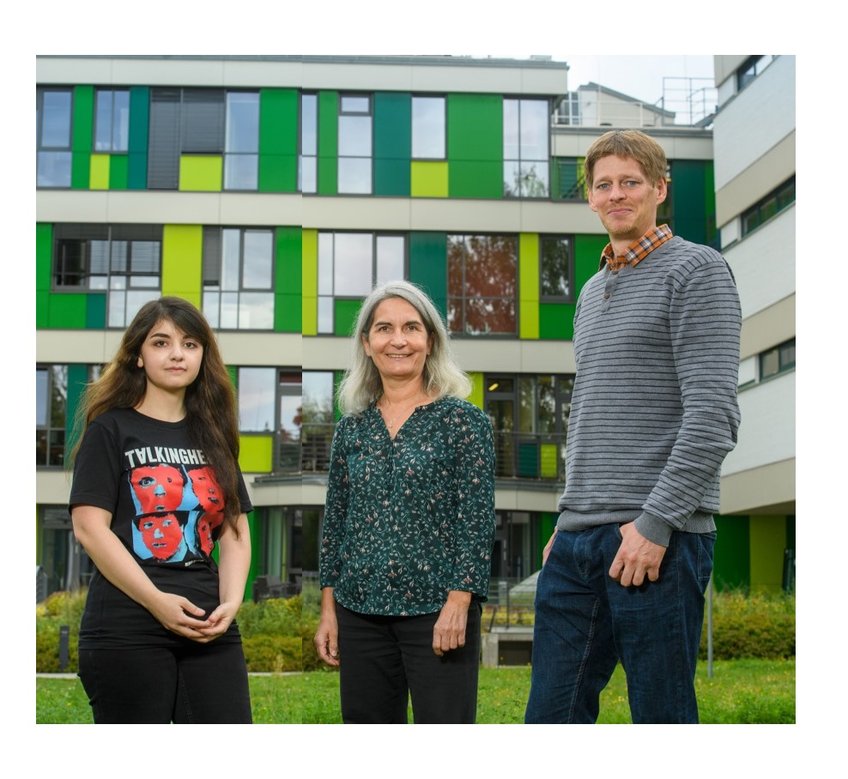
Publikationen von F. Witte
Alle Typen
Zeitschriftenartikel (9)
1.
Zeitschriftenartikel
Receptor tyrosine kinase-like orphan receptor 2 (ROR2) and Indian hedgehog regulate digit outgrowth mediated by the phalanx-forming region. Proceedings of the National Academy of Sciences U S A 107 (32), S. 14211 - 14216 (2010)
2.
Zeitschriftenartikel
Negative regulation of Wnt signaling mediated by CK1-phosphorylated Dishevelled via Ror2. The FASEB Journal 24 (7), S. 2417 - 2426 (2010)
3.
Zeitschriftenartikel
The LIM domain protein Wtip interacts with the receptor tyrosine kinase Ror2 and inhibits canonical Wnt signalling. Biochemical and Biophysical Research Communications 390 (2), S. 211 - 216 (2009)
4.
Zeitschriftenartikel
A gradient of ROR2 protein stability and membrane localization confers brachydactyly type B or Robinow syndrome phenotypes. Human Molecular Genetics 18 (21), S. 4013 - 4021 (2009)
5.
Zeitschriftenartikel
A mutation in Ihh that causes digit abnormalities alters its signalling capacity and range. Nature 458 (7242), S. 1196 - 1200 (2009)
6.
Zeitschriftenartikel
Comprehensive expression analysis of all Wnt genes and their major secreted antagonists during mouse limb development and cartilage differentiation. Gene Expression Patterns 9 (4), S. 215 - 223 (2009)
7.
Zeitschriftenartikel
Mutant Hoxd13 induces extra digits in a mouse model of synpolydactyly directly and by decreasing retinoic acid synthesis. Journal of Clinical Investigation 119 (1), S. 146 - 156 (2009)
8.
Zeitschriftenartikel
The mutation ROR2W749X, linked to human BDB, is a recessive mutation in the mouse, causing brachydactyly, mediating patterning of joints and modeling recessive Robinow syndrome. Development 135 (9), S. 1713 - 1723 (2008)
9.
Zeitschriftenartikel
Cloning and expression pattern of chicken Ror2 and functional characterization of truncating mutations in Brachydactyly type B and Robinow syndrome. Developmental Dynamics 235 (12), S. 3456 - 3465 (2006)
Hochschulschrift - Doktorarbeit (1)
10.
Hochschulschrift - Doktorarbeit
Analyse der Ror2-Funktion in vivo und in vitro: die Ror2W749X-Maus als Modell für humane Brachydaktylie Typ B. Dissertation, Freie Universität, Berlin (2009)